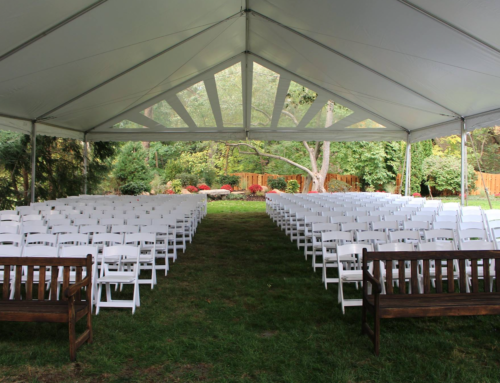Something people often struggle with is when planning events is the amount of food they should prepare. Are you making too much? Too little? Underestimating and leaving guests hungry is just as bad as overestimating and having wasted food.
There are a variety of factors to consider when planning the amount of food you need for an event. Here’s what you need to consider:
1. When is your event being held?
- Breakfast events are most often perceived as brunches and you should be prepared to offer a balance of filling proteins, expected baked goods and refreshing fruit.
- Surprisingly, lunches require the least amount of food. Simple and refreshing menus are essential to ensure that your guests are satisfied without being too full to enjoy the rest of your afternoon event.
- Dinner guests have the highest expectations in terms of variety and volume. To ensure that guests are able to enjoy a substantial offering and variety allow a good portion of your evening to dining so that guests can indulge without leaving feeling too full.
2. Who is attending?
- Children under 13 will likely eat 1/2 an adult portion.
- Teenagers, while less adventurous than most adults, have voracious appetites and portionsshould be substantial to ensure they are satisfied.
- Adult appetites vary greatly and a caterer will rely on you to interpret your guest list and provide direction as to portioning. Not surprisingly, men tend to have have larger appetites and events with mainly male guests should allow for larger portioning than is standard
- Seniors have perhaps the smallest appetites of all and you can plan for smaller portions
3. What are you serving?
Menu style effects portions so below are some simple equations for various types of menu:
- Platters: Caterers will have standard portion sizes for the platters. If platters are the main offering for your reception or dinner be sure to order for the number of guests you are expecting.
If platters are being served as filler for a reception to supplement canapes, consider reducing the size of the platters to ensure you do not have too much excess. The amount you need to reduce by will ultimately depend on the caterer’s portion size and the hunger level of your guests.
- Buffet: Buffets are all about variety but can often lead to excess or wasted food. A professional caterer will have established portion sizes based on experience which will result in less wastage.
- Plated Dinners: Plated dinners are the easiest to plan for assuming you are working with a professional caterer that has established portion sizes. The only variable in planning a plated dinner is the number of courses. Remember the more courses you offer the smaller the portion sizes for each course.
Take these things into consideration when planning your event and it should result in the perfect amount of food for guests.
Happy planning!









Leave A Comment
You must be logged in to post a comment.